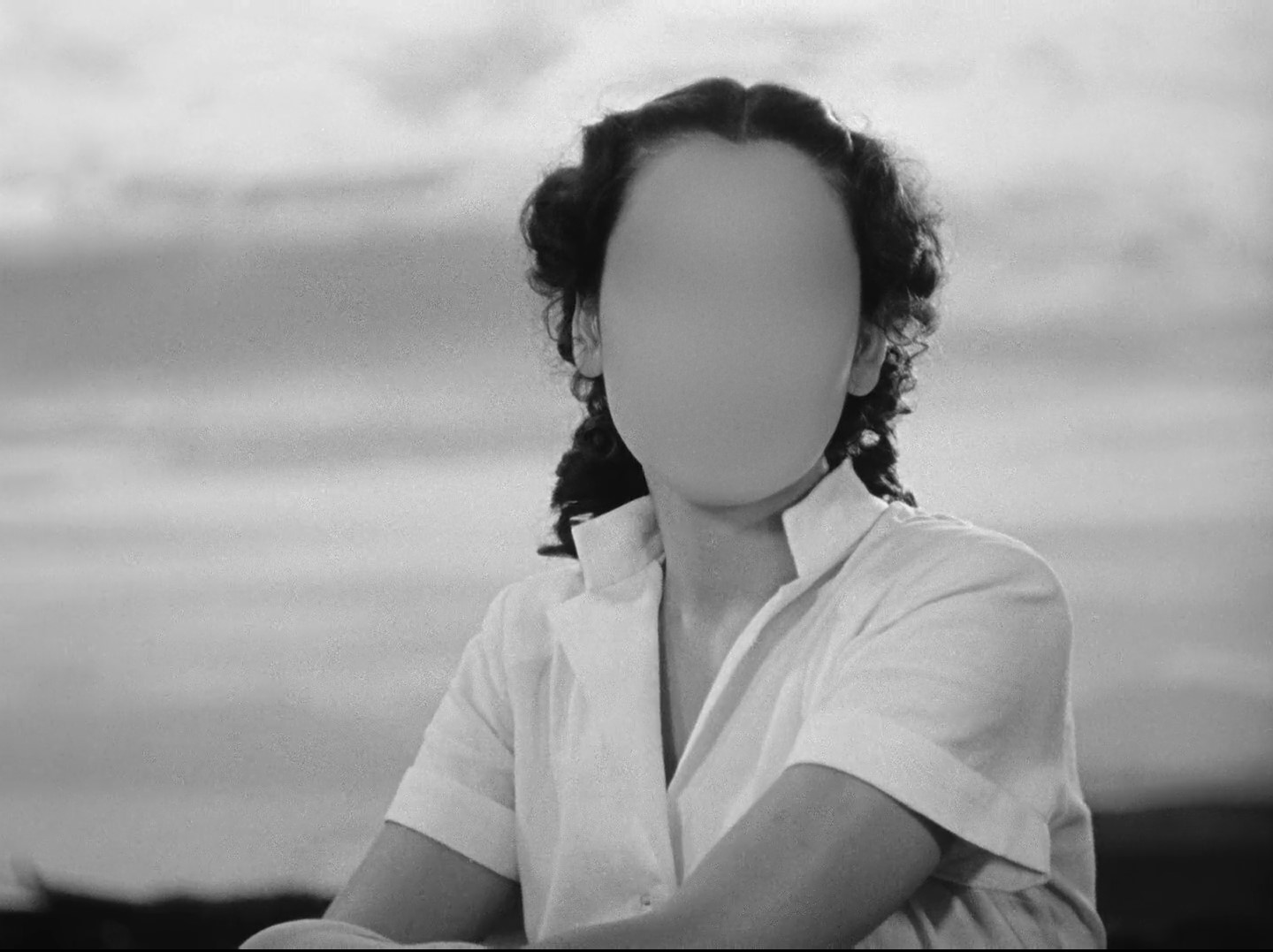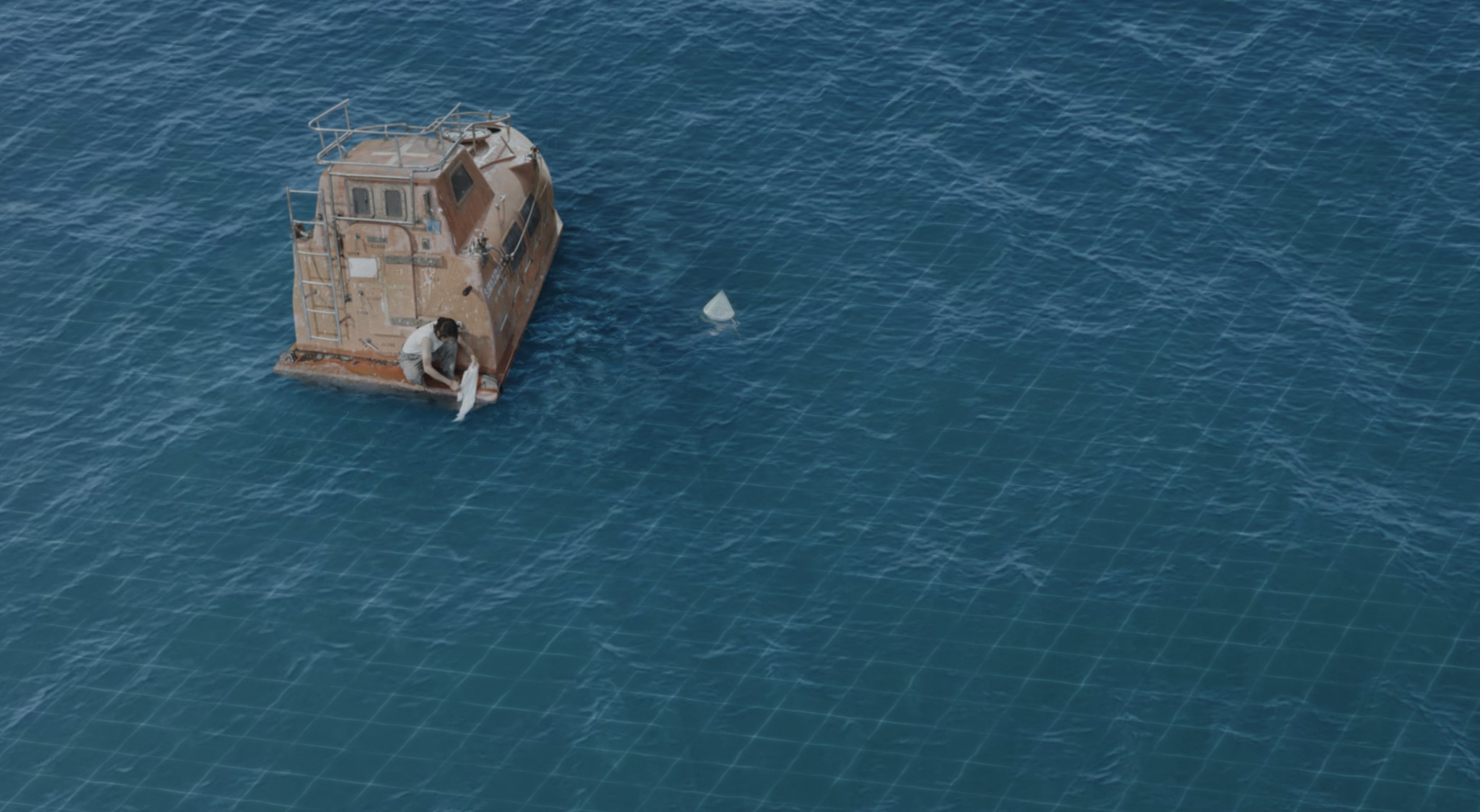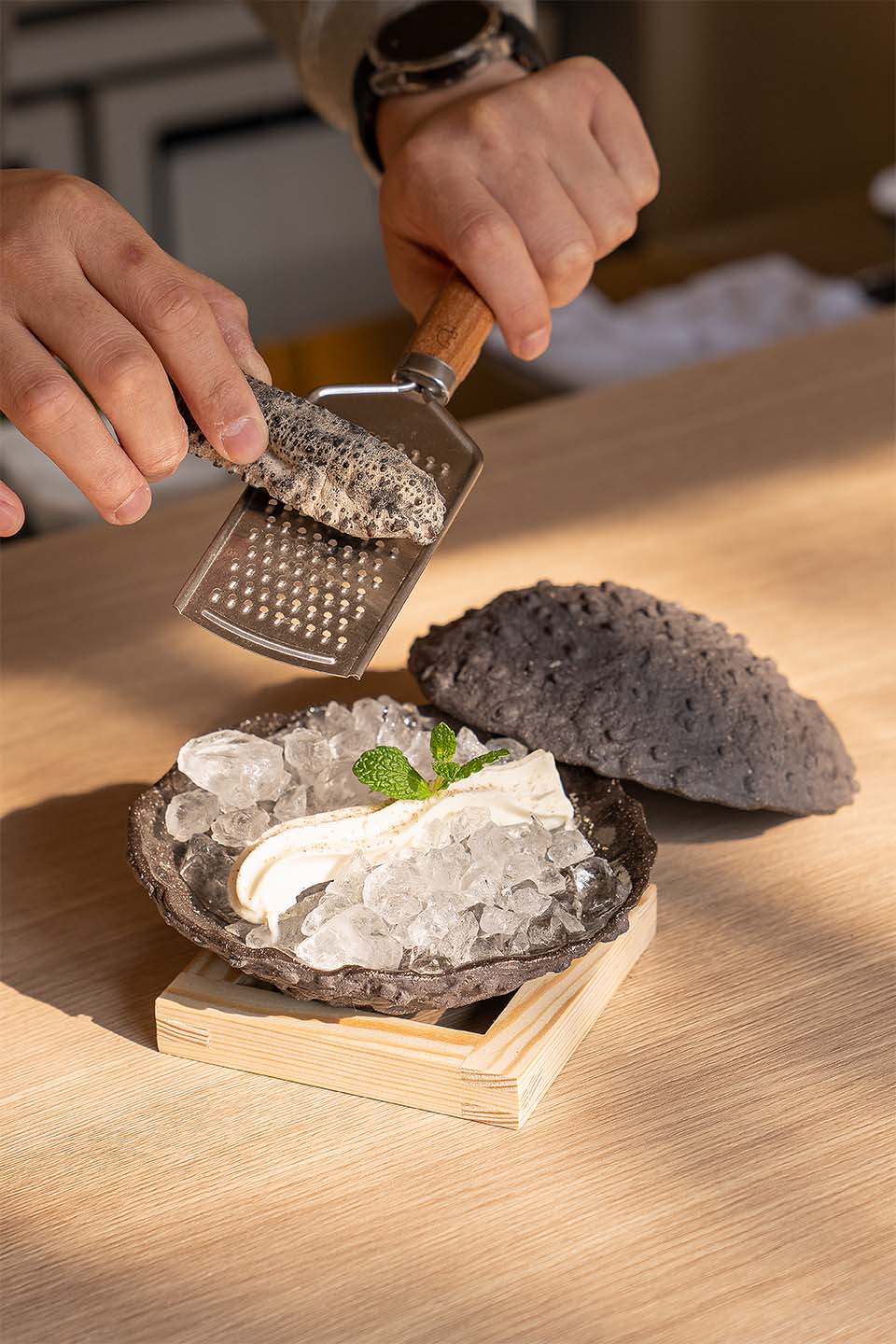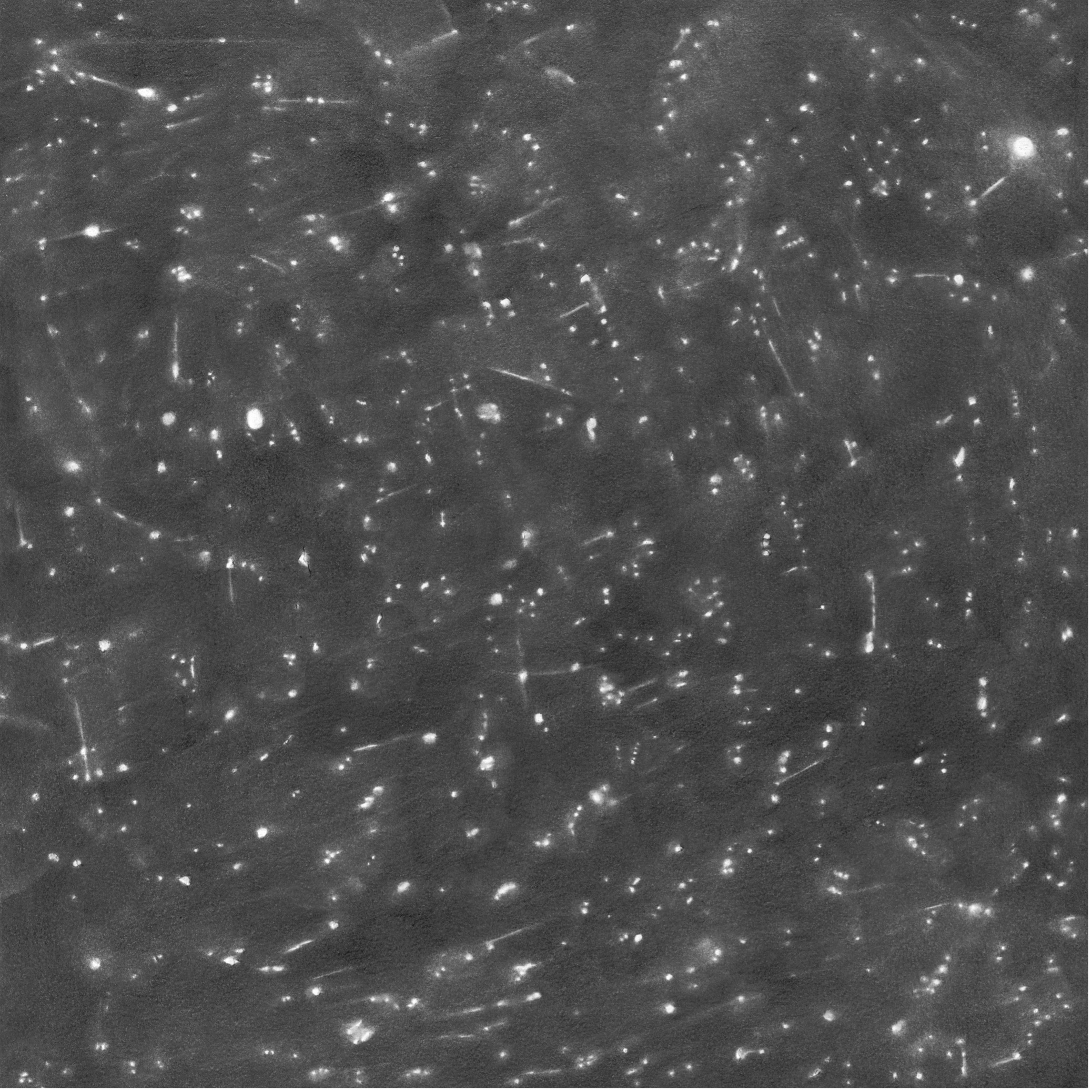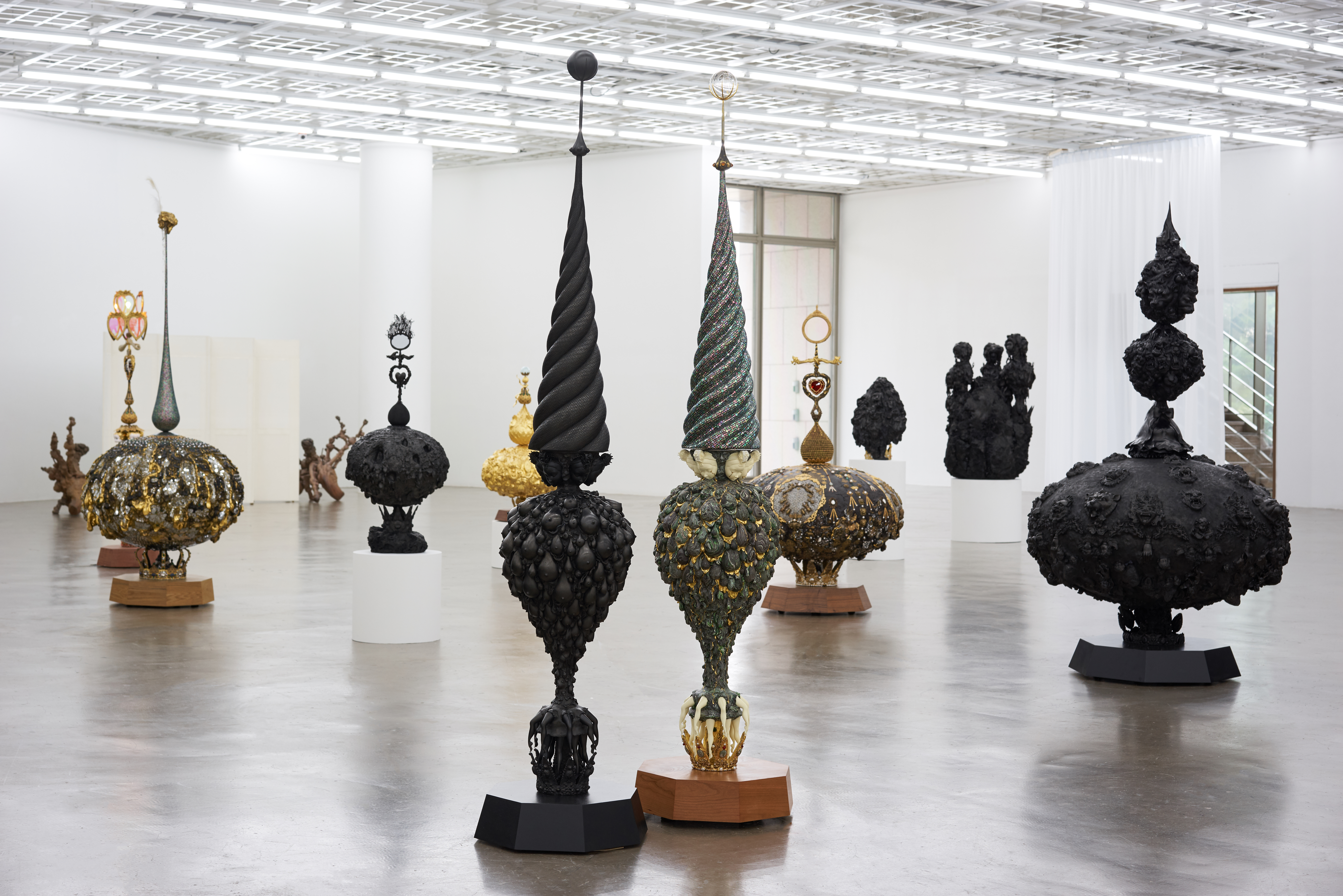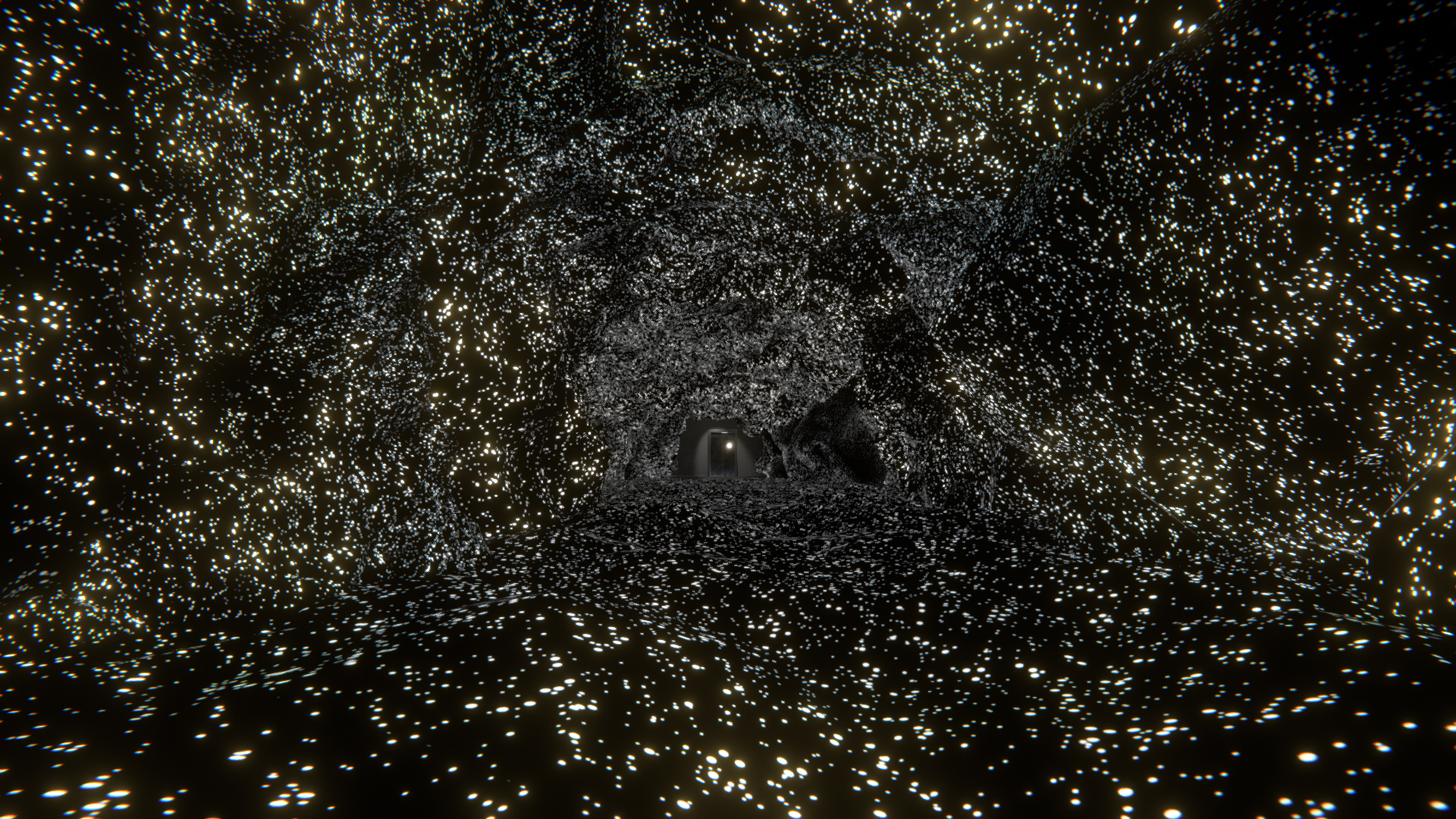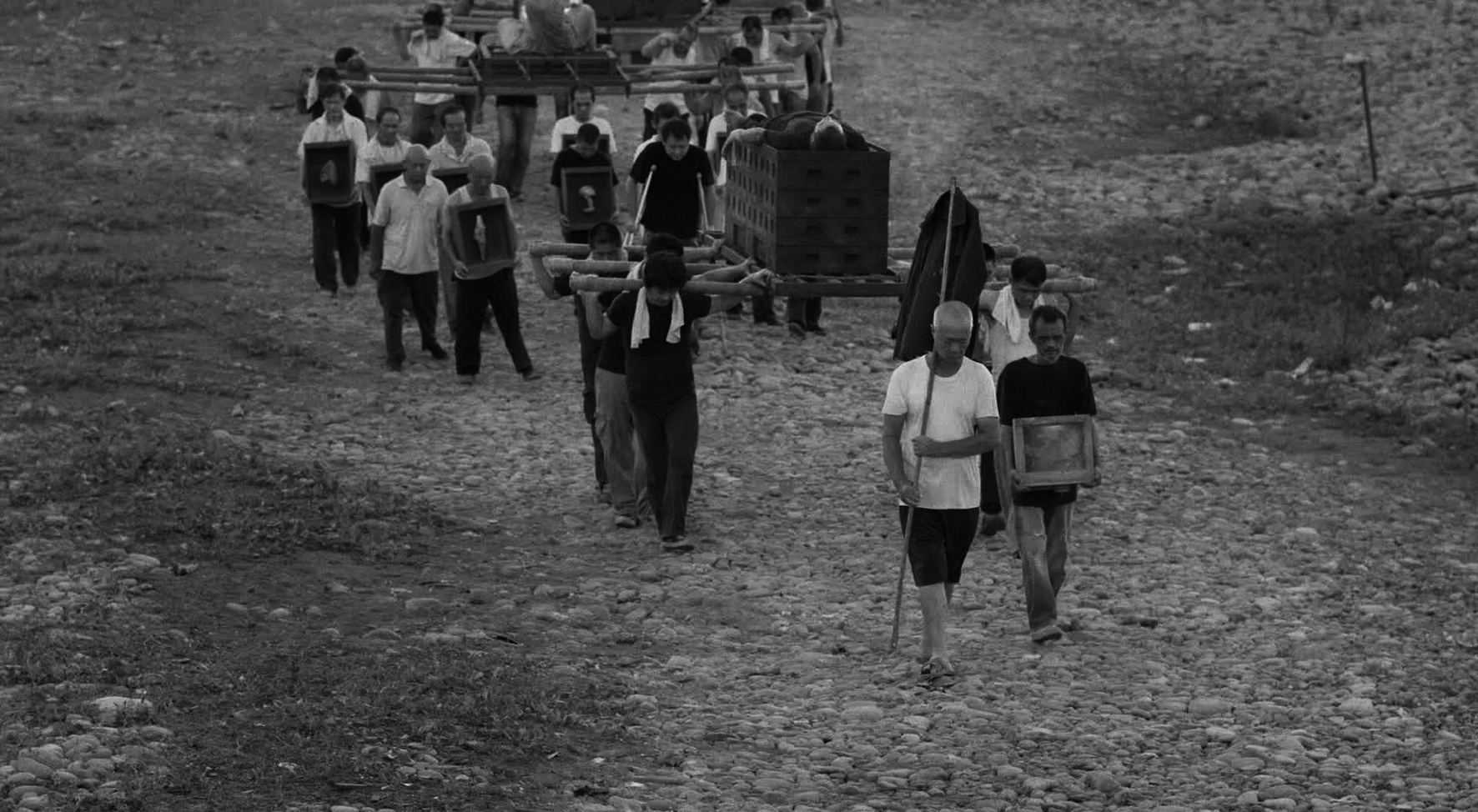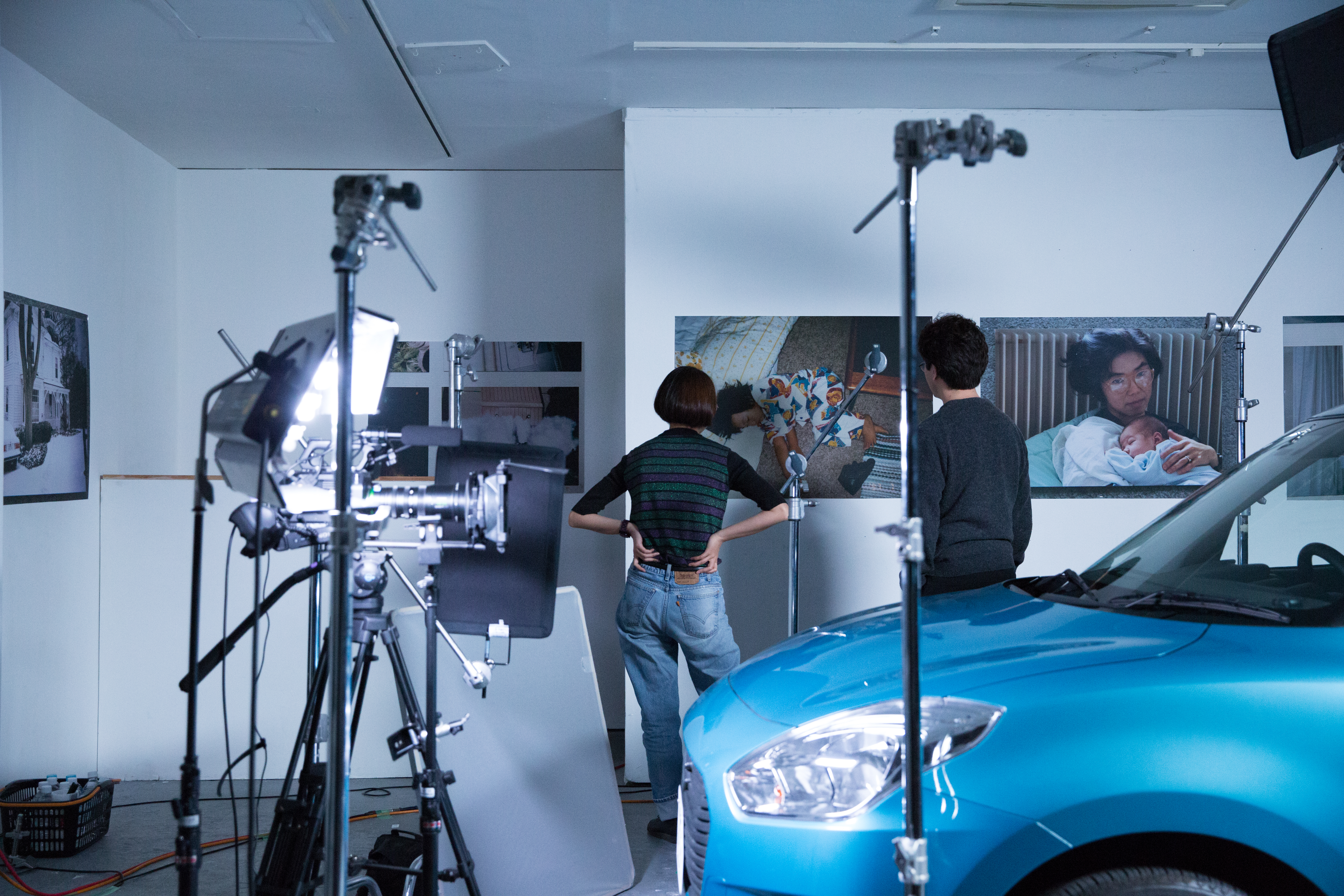Sung Hwan Kim
Life of Always a Mirror
30 August–30 November 2014
Art Sonje Center
87 Yulgok-ro 3-gil
Jongro-gu, Seoul
110-200 Republic of Korea
T + 82 2 733 8945
F +82 2 733 8377
Curated by Sunjung Kim/Samuso
Art Sonje Center presents Sung Hwan Kim’s solo exhibition from August 30 to November 30. This exhibition introduces Kim’s art as a systematic integration of video, drawing, installation, architecture, and performance into a single exhibition space. The title of the exhibition, Life of Always a Mirror, is a play on words in Korean on a Korean elementary school textbook’s title, Joyful Life. This method of education merges music, art, and physical education into a single subject as a didactic gesture in public education that teaches the youth not only knowledge but also the way they should lead a joyful life.
The exhibition space of Life of Always a Mirror is divided into two parts. The two, suggestive of one another because of the identical layout of the two floors, form a mirror structure by shifting, repeating, and cutting the original architectural plan. The threshold of the first gallery is shifted toward the end of a long passageway, beyond which architectural structures of different heights are repeated, as if proliferating to construct a labyrinthine path. Among the various works of sound, lighting, and drawing that constitute this space of the first gallery are the videos A-DA-DA (2002) and Manahatas Dance (2009). With two Asian-Americans of a similar age acting as Korean father and son, A-DA-DA is conceived as a stuttering film, while Manahatas Dance appropriates its title from the Lenape Native Americans’ word for the New York region before Dutch colonization. The film glides through many historical occurrences related to regeneration in New York, including the tragic Triangle Shirtwaist Factory fire of 1911. The second gallery hosts Temper Clay, a video that reads Shakespeare’s King Lear as a disciplinary issue around property distribution and places it in the context of Korean modern history. These three videos convey not only the artist’s interest in anachronism as the transposition of time and space, but also stories that are distributed, modified or rubbed out by migration, immigration, translation, and regeneration.
Kim’s new performance work developed in the exhibition space, Watermelon Sons (2014), will be presented to the public on the nights of September 1 and 2. Kim is working with six sons of staff members of Samuso and their friends. In the artist’s words, “I was interested in the gender dynamics of Samuso. All twenty members except for one are women. I am working with mothers who are raising sons, who are going through puberty.”
To accompany the exhibition, a book, Talk or Sing, with the artist’s drawings and texts by five writers including Stephen Greenblatt, professor at Harvard University, Catherine Wood, curator at Tate Modern, and Binna Choi, director of Casco, will be published in English with a Korean version to follow.
Sung Hwan Kim was born in Seoul in 1975 and is currently based in New York. Kim is the winner of the Hermès Korea art prize (2007), the Prix de Rome (2007), and, with dogr, the Karl-Sczuka-Förderpreis (2010) for the radio work one from in the room. He has held solo exhibitions at various venues including Tate Modern (2012), Kunsthalle Basel (2011), Haus der Kunst (2010), and Witte de With Center (2008). In 2014, he participates in the Gwangju Biennale.
Art Sonje Center was founded in 1998 and plays a crucial role in exhibiting and fostering contemporary art in Seoul, South Korea. Aimed at nurturing familiarity with contemporary artistic practice, Art Sonje Center is dedicated to the development of a program consisting of exhibitions, projects, performances, screenings, lectures, workshops, publications, and education programs.
Samuso: Space for Contemporary Art was established by curator Sunjung Kim in 2005 and has grown into a curatorial office dedicated to presenting, producing, promoting and nurturing innovative exhibitions; public and educational programs—including lectures, symposia and publications; and collaborations that bring contemporary art to broader national and international audiences and contexts.
Press enquiries: press@samuso.org


